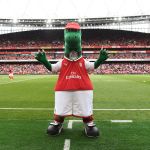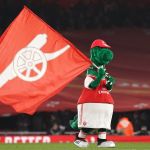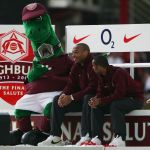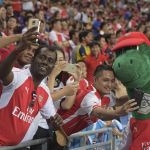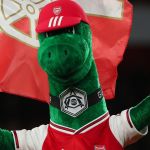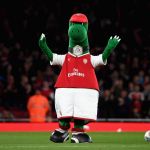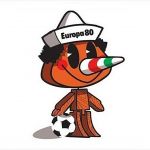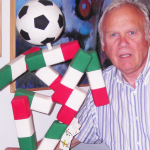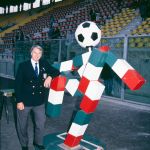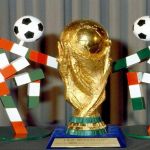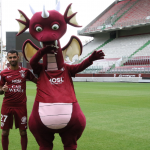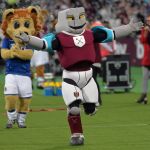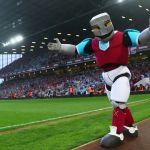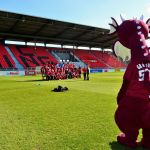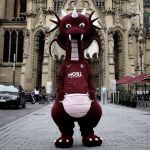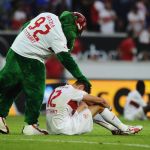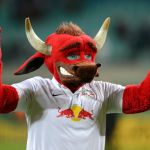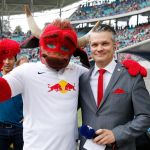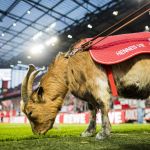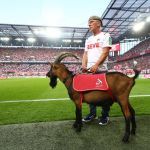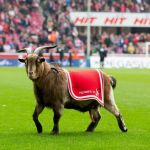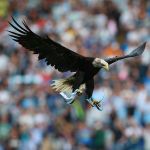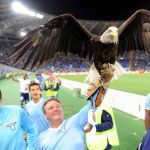
The best mascots in the world of football
From Pinocchio of Euro 80 to the legend of Gunnersaurus
October 7th, 2020
The strangest effects of the lockdown, the pandemic and a football completely different from what we are used to living can be the most different. The world of the Premier League has been in shock for just over 24 hours, after the news of the forced dismissal of Gunnersaurus, the historic Arsenal mascot who leaves the Emirates Stadium and the club after 27 years of honorable service. The symbol of the London club created by fan Peter Lovell had its debut on August 20, 1993 in Highbury during the match against City, and has never looked back since. The closure of the stadiums forced the Gunners' management to make a choice as difficult as it was obligatory, but Mesut Özil's intervention upset all plans: "I was very sad when I heard the news. For this reason I offered to pay the entire salary of our mascot as long as I am a player of this club."
The daring story of one of the historical symbols of English football helps to bring to light one of the most underrated aesthetic and cultural elements in the world of football. Mascots have evolved exactly like the context in which they operate, with some clubs that have dared and transformed their symbol on the pitch into a viral character that transcends the sporting world.
Mascots are often associated with individual clubs, but above all they are the face of international competitions such as the Olympic Games and World Cups. As often happens, Italy has been a forerunner of this trend since the 1980s, when a mascot for a European football championship is presented for the first time. For Euro 80 - played in Milan, Rome, Turin and Naples - Pinocchio debuts, the fairy-tale character known all over the world. Italian creativity enters history 10 years later, when "Ciao" is launched as the mascot of the 1990 World Cup. Also in this case, Italy demonstrates all its pioneering spirit: the silhouette made up of tricolor cubes will be the first built in a three-dimensional way.
At the club level, however, the mascot has always been a point of contact between the public and the pitch, between the fan and the player. The choice of the symbol is not so obvious and, in certain cases, it is brilliant. The examples come from all over the world: from the USA where football culture is not yet at the level of its infrastructures, from England that has always been seen as the motherland of football, from Italy of innovations to France and Germany.
The atmosphere of Upton Park and Olympic Stadium would not be the same without the notes of "I'm Forever Blowing Bubbles" and without Hammerhead, the mascot of the Stratford team. Hammerhead is basically a Transformers who didn't really believe in it, going from the idea of becoming an Autobot to being a "walking hammer". Alongside the extravagant figure of Hammerhead, another out-of-the-ordinary character arrives from England: Boiler Man is always present at the home matches of West Bromwich Albion, literally a man dressed as a boiler who supports the real mascot: Baggie Bird. Since 2018, for purely commercial reasons, a boiler has been around the pitch that is targeted by the funniest choirs of the fans.
Crossing the Channel, we arrive in France and Germany. The French are inspired by cult video games, with Metz choosing a dragon similar to "Spyro" as its mascot. The club's version, however, is a bit different: Grayou starts from a local legend who tells of a monstrous creature that remained in the city for many years before being defeated by St. Clement of Metz, the patron saint local.
The Germans have a great tradition with mascots and have probably the most ingenious solutions ever invented. The tour starts from Stuttgart, where Fritzle is a friendly crocodile who accompanies home games of the Verein für Bewegungsspiele Stuttgart. Going north you meet Cologne first - whose mascot is not disguised but is simply a real goat, Hennes IX, the symbol of the club, exactly as Lazio uses Olimpia - and then Gelsenkirchen, where the mascot is, indeed it is nothing: from the annuals it is robbed that Erwin does not have an "anatomical sense" because it is not clear what he really represents. The last stop of the tour is Leipzig, where Bulli, a red bull, can only reign.
While in Italy Romolo (the wolf of Roma), Jay (the zebra of Juventus), Diavoletto (the devil of Milan) reign, the Gunnersaurus-gate has awakened the desire for mascot.








































.png)


.jpg)









































